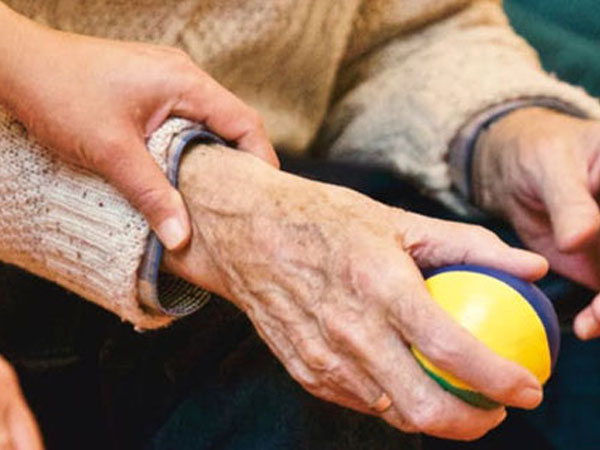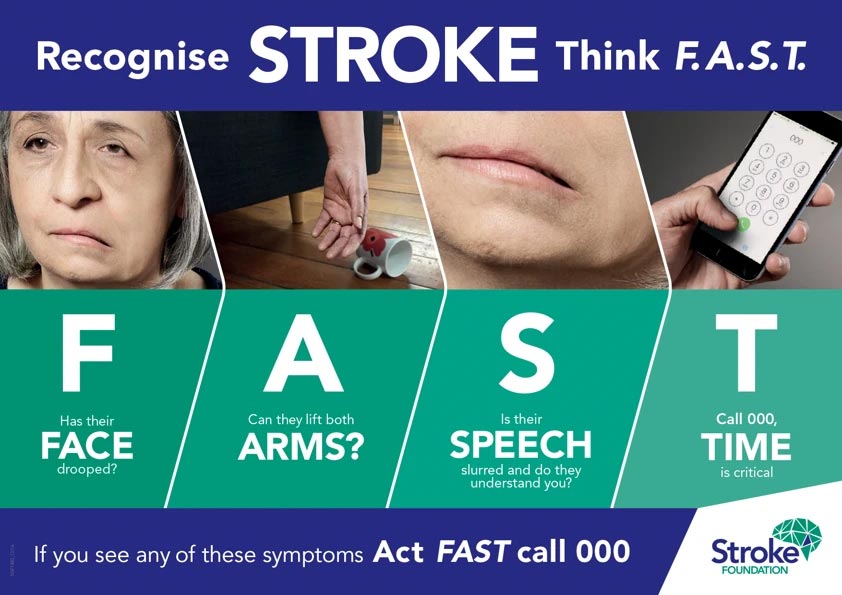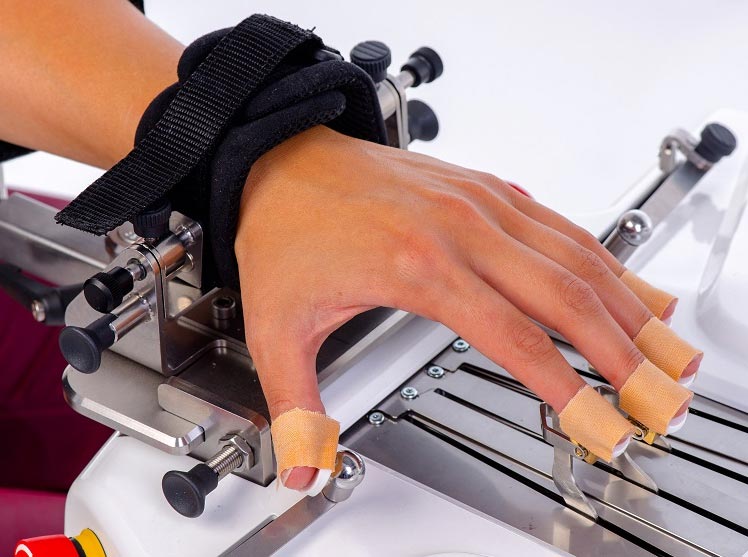Allied health services for Stroke for Townsville & North Queensland
At Alliance Rehabilitation, our multi-disciplinary team offers stroke rehabilitation for participants who are experiencing the effects of stroke. A stroke can cause weakness, problems with movement, and can cause difficulty in carrying out everyday activities. Our team work to help the participant regain a good quality of life. Our training programs are designed to help them regain their independence and as much function as possible.
Signs of stroke in newborns can appear as seizures, or extreme sleepiness. In children, and teenagers it can appear as weakness or numbness in the face, arm or leg; difficulty talking, understanding, reading or writing; trouble seeing or loss of vision; dizziness; severe or unusual headaches, nausea, or vomiting; difficulty swallowing; seizures with weakness; difficulty concentrating or behavioural changes; and in some cases it can cause children to collapse.
Stroke can affect children in the same way as adults, depending which area of the brain was affected. It can cause difficulties with sitting, standing, balancing, and walking. It can become difficult to communicate, can cause cognitive difficulties, and can create behavioural issues. Starting rehabilitation early increases chances of a good recovery.
There are two types of paediatric stroke, perinatal and childhood stroke.
Perinatal strokes occur before birth or shortly after birth from 28 weeks pregnancy to one month old. Risk factors for perinatal stroke include pregnancy complications, difficulties during birth, and infections.
A childhood stroke can occur from one month to eighteen years old. Risk factors for childhood stroke include problems with the brain’s blood vessels.
In ischaemic stroke this includes:
- Vasculitis – inflammation of blood vessels
- Focal cerebral arteriopathy – narrowing of blood vessels
- Head or neck trauma – trauma can cause clots to form
- Moyamoya disease – narrowing and blockage of blood vessels
In haemorrhagic stroke this includes:
- Arteriovenous malformation (AVM) – tangled blood vessels in the brain
- Cavernous malformation – cluster of abnormal blood vessels in the brain
- Aneurysm – weak or thin spot in an artery wall
The types of stroke are the same with one additional type for children, cerebral sinovenous thrombosis, which is a rarer stroke which causes a blood clot in the veins within the brain. This causes increased pressure or bleeding when blood and fluids stop draining from the brain.
How stroke rehabilitation can help you
Early intervention and access to stroke rehabilitation is important in ensuring the best possible recovery. After a stroke, pathways in the brain can change so uninjured parts can help the injured areas. Repetition is a key tool in creating new pathways and the brain’s neuroplasticity (ability to change and adapt) is a big part in helping to learn new skills. Alliance Rehabilitation offers a multidisciplinary team who can help target all areas affected by stroke. Our team can help with:
- Therapies targeted specifically towards your individual recovery.
- Coordination team to help manage care and therapy.
- Dietary assessment for all nutritious needs.
- Psychology for emotional wellbeing and mood assessment. Can manage effects of concentration, memory, and judgement.
- Social work for managing practical impacts following a stroke such as financial difficulties and applications for services.
- Occupational therapy for returning to performing everyday tasks, and skills. Returning you to your best quality of life.
- Physiotherapy and exercise physiology for difficulty with balance and coordination, and hemiparesis (weakness on one side of the body, affecting the whole side or part of an arm or leg).
- Speech pathology for problems with language use or swallowing, and changes to memory, attention, or learning.
Our team of rehabilitation experts
At Alliance Rehabilitation, our treatment is client focused and goal focused. We want to focus on what is important to you and establish meaningful short- and long-term goals. The most rapid recovery occurs in the first few weeks and months following a stroke.
Why choose Alliance Rehabilitation?
Having one organisation for your stroke rehabilitation needs is important in ensuring you have a full recovery. Our community approach allows us to tailor a program to each individual and ensure we are meeting your goals. Our clinicians work together to aid in your recovery, and this gives everyone a clear picture of who you are as a person. We focus on getting you back to how you were before you had the stroke, with tools and recovery options to prevent reoccurrence. No matter what your circumstances were like before your stroke, we want to assure you, Alliance Rehabilitation is working to guarantee you succeed and regain the quality of life you deserve.
Referral Options
There are many ways for you to be referred to our facility. The main options for stroke rehabilitation are through or Community Based Rehabilitation Program and the NDIS but other options are available for you too. We also travel to different locations in North Queensland, so location is never a barrier to your health and recovery. Our main office is in Townsville with outreach locations available in Ayr, Charters Towers, Richmond, Hughenden, Ingham, Palm Island, and Magnetic Island.



